Explore how young people use screens differently through streaming, scrolling, multitasking, and social media engagement

Young people today engage with screens in varied ways, including streaming videos, scrolling social media feeds, multitasking across devices, and more. Understanding these different habits helps reveal how digital consumption shapes their daily experiences and attention span.
Recognizing these screen use patterns is essential for promoting balanced digital habits and supporting youth digital well-being. By identifying active versus passive engagement and setting mindful boundaries, parents and educators can help foster healthier screen time routines.
1. Balancing screen time between entertainment and educational content for healthy use.
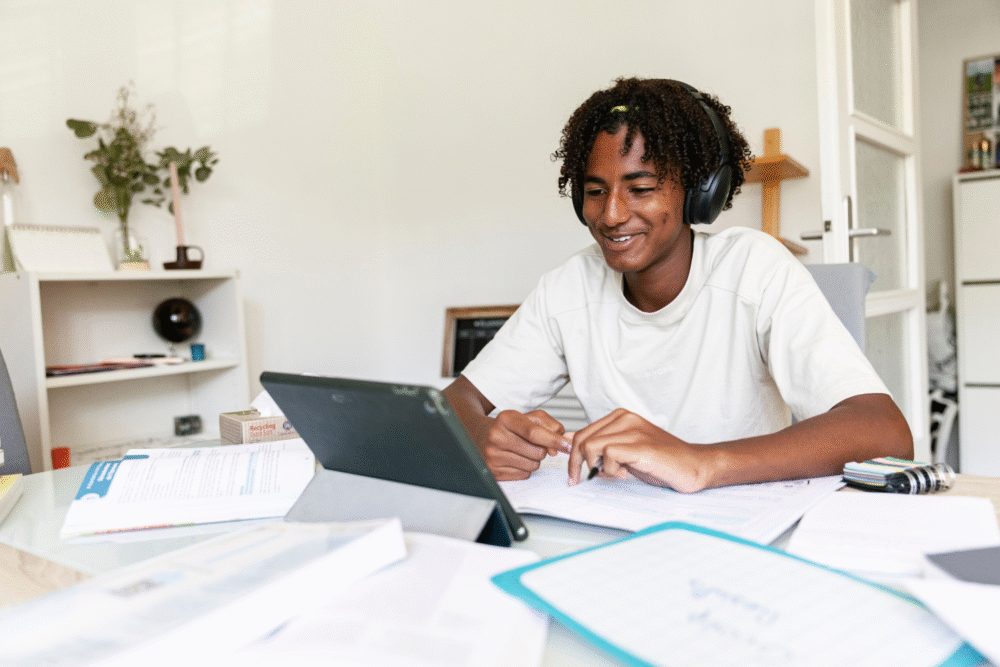
Balancing screen time between entertainment and educational content involves understanding the different types of digital consumption. Entertainment might include activities like watching movies, playing games, or streaming videos, whereas educational content can range from online courses to documentaries and how-to tutorials. The key is to blend these activities in a way that maximizes both enjoyment and learning.
To effectively balance screen time, consider adopting a schedule that combines both entertainment and education. For instance, after an hour of streaming a favorite show, spend an equal amount of time on a learning app or educational video. This variety not only enriches knowledge but also prevents the monotony of repetitive screen use.
2. Prioritizing social media interactions over face-to-face communication daily.
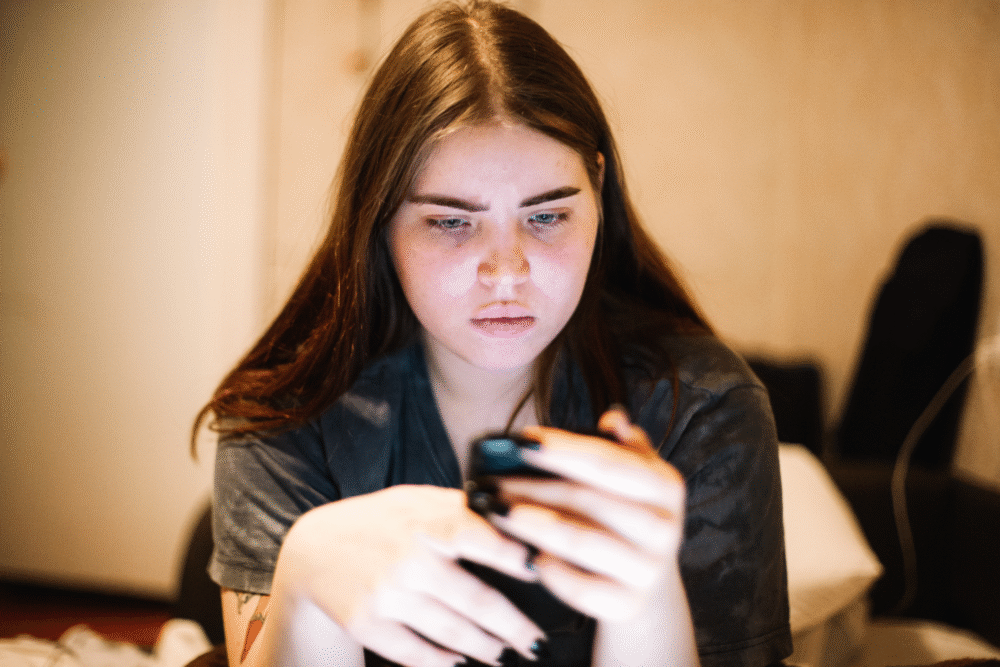
With the advent of social media, many youth prioritize virtual interactions over direct personal communication. Platforms like Instagram, Snapchat, or TikTok provide a fast-paced environment where young users can connect, share, and express freely. Although this offers a broad scope for social interaction, it might slowly replace traditional face-to-face conversations.
Encouraging a balanced approach to communication is pivotal. Allocate specific times to meet friends or family in person, ensuring digital interactions do not overshadow these essential personal connections. Create a weekly plan that incorporates both social media engagement and real-life meetings to maintain a healthy social life.
3. Using multiple devices simultaneously for multitasking and entertainment purposes.

Today’s youth often use multiple devices simultaneously, a practice known as media multitasking. This could involve scrolling through social media on a smartphone while watching a show on a tablet or using a laptop for research. While it might seem productive, it can strain attention and reduce the quality of engagement with content.
To manage multitasking effectively, focus on one primary device or task at a time. Try turning off notifications on secondary gadgets when engaging with focused activities, thereby reducing distractions and improving overall task performance. This can enhance cognitive processing and make screen time more meaningful.
4. Engaging in binge-watching series during weekends to unwind and relax.
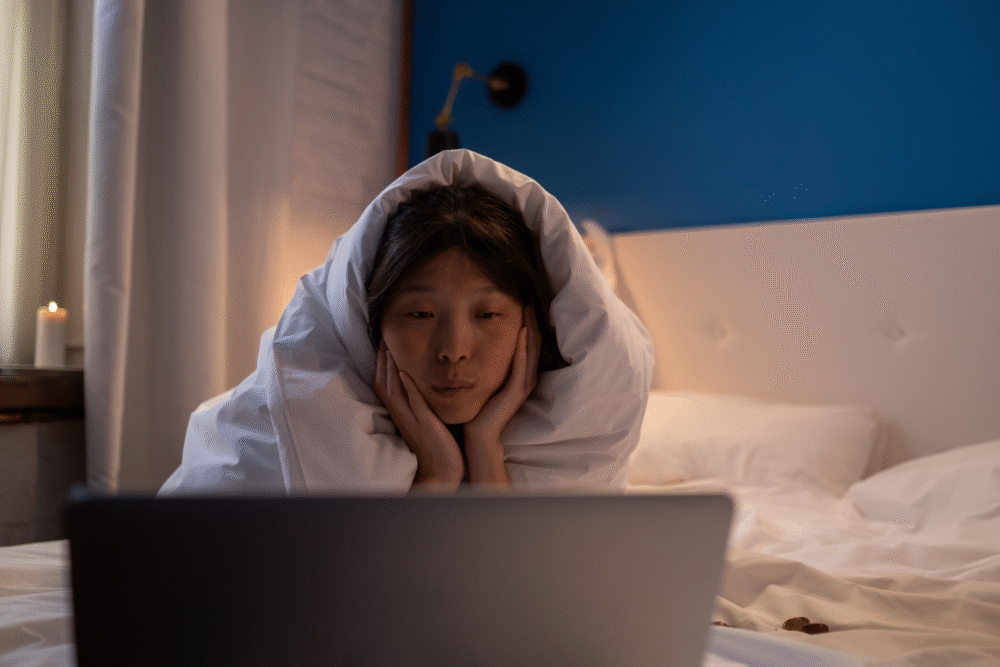
Binge-watching, especially during weekends, offers a way for young people to unwind after a hectic week. Streaming entire series in one sitting has become a popular means to escape reality and relax. While this can provide a temporary sense of comfort, excessive binge-watching may disrupt sleeping patterns and reduce physical activity.
To enjoy binge-watching responsibly, set limits on the number of episodes watched consecutively, and ensure to take breaks in between sessions. Consider using ‘watch party’ features to enjoy shows with friends remotely, providing a social element to your downtime without clicking through endless episodes before bed.
5. Frequently scrolling through newsfeeds to stay updated on current trends.

Regularly scrolling through newsfeeds is a common habit among youth to keep abreast of trends and world events. This habit provides quick access to information but can lead to information overload or distortion due to unchecked sources. Different platforms curate content in varying ways, making discerning the authenticity of news crucial.
To stay updated effectively, prioritize sources known for credibility and use news aggregator apps that offer balanced perspectives. Schedule specific times for news consumption to avoid constant scrolling, which can be both distracting and overwhelming. This intentional approach ensures that consumption is healthy rather than chaotic.
6. Choosing screen activities that encourage creativity like video editing or gaming.
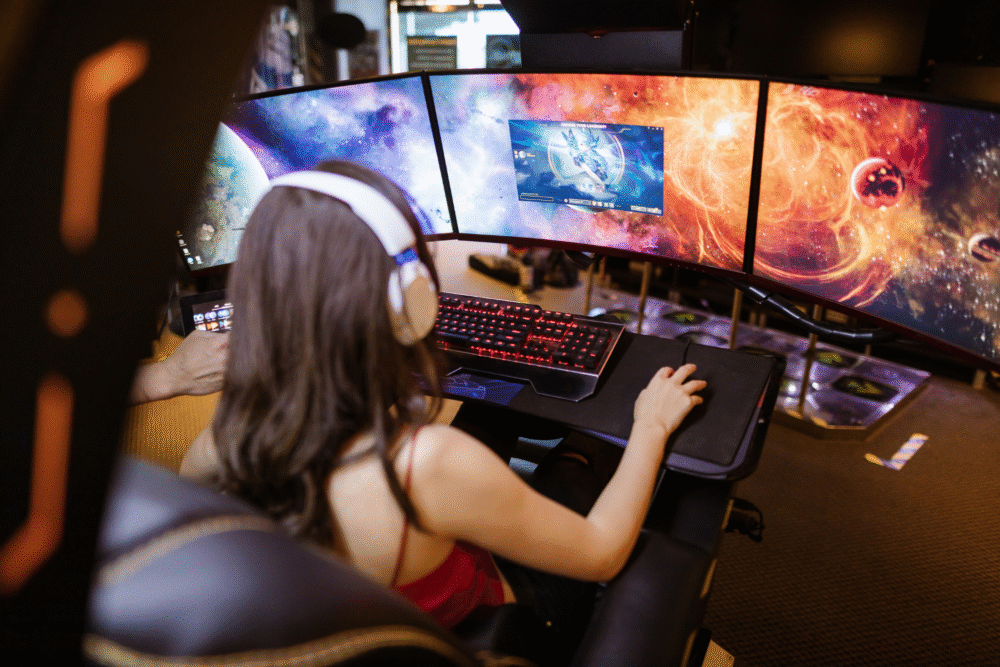
Choosing screen activities that stimulate creativity, such as video editing or interactive gaming, can significantly enhance cognitive functions and foster innovative thinking. These activities involve more active engagement where users aren’t merely passive consumers but creators, utilizing technology to build skills and showcase talents.
To leverage screen time creatively, encourage experimenting with various creative apps and platforms. Allocate specific periods weekly to explore these activities, making digital consumption a proactive and skill-building venture. This approach transforms screen time into an opportunity for growth and self-expression, rather than just mindless entertainment.
7. Setting screen-free zones or times to promote offline social activities.

Establishing screen-free zones or times can significantly promote offline social activities. Such measures involve designating specific areas in the home or times during the day where screen usage is restricted, encouraging face-to-face interactions and allowing for mental refreshment.
Introducing regular screen-free intervals, like during family meals or before bedtime, supports healthier relationships and provides time for other rewarding activities. This practice helps nurture communication skills and foster genuine connections. Educate the household on the benefits of these zones or times, reinforcing the importance of balancing virtual interactions with real-world presence.
8. Utilizing screens primarily for learning and skill development when possible.
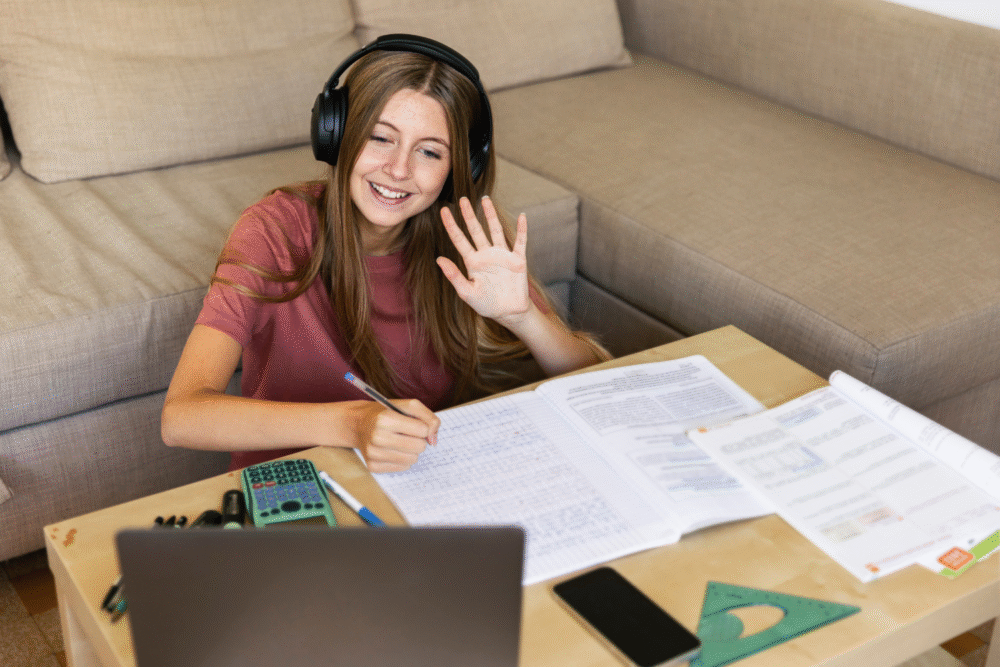
Utilizing screens primarily for learning and skill development allows youth to harness the educational potential of digital tools. Online platforms offer a plethora of resources for learning new languages, advancing technical skills, or delving into academic subjects. These avenues promote personal growth and academic enhancement.
To make the most of educational screen time, set clear learning goals and explore diverse resources like MOOCs, educational apps, or language platforms. Regularly schedule time for these activities apart from recreational use, maintaining a wholesome digital consumption pattern that complements personal and educational development pursuits.
9. Switching quickly between apps to maintain engagement and avoid boredom.

Switching rapidly between apps to maintain engagement speaks to a shortened attention span that is common among young users today. This tendency, driven by a desire for constant stimulation, can lead to superficial engagement across multiple platforms, impacting focus and comprehension.
Promote deeper engagement by limiting frequent app-switching during specific times. Turn off unnecessary notifications and mute distractions when focusing on a particular task. By doing so, users can cultivate better concentration skills, enhancing the quality of their digital interactions and ensuring that screen use remains deliberate rather than compulsive.
10. Incorporating breaks from screens to reduce eye strain and mental fatigue.
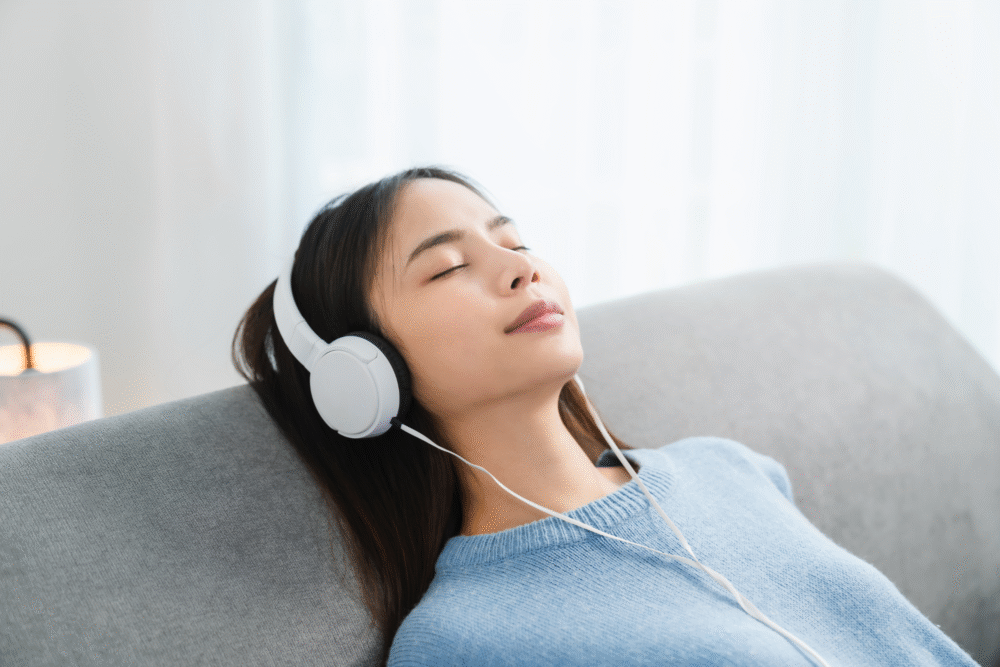
Incorporating breaks from screens is crucial in reducing eye strain and mental fatigue. Prolonged screen time can contribute to discomfort and tiredness, making it important to take steps to mitigate these effects. Regularly stepping away from digital devices allows the eyes to rest and the mind to refresh.
To implement effective breaks, consider the ’20-20-20′ rule: every 20 minutes, look at an object 20 feet away for at least 20 seconds. This simple practice helps maintain eye health and prevents mental exhaustion, ensuring that screen activities do not detract from overall well-being.
